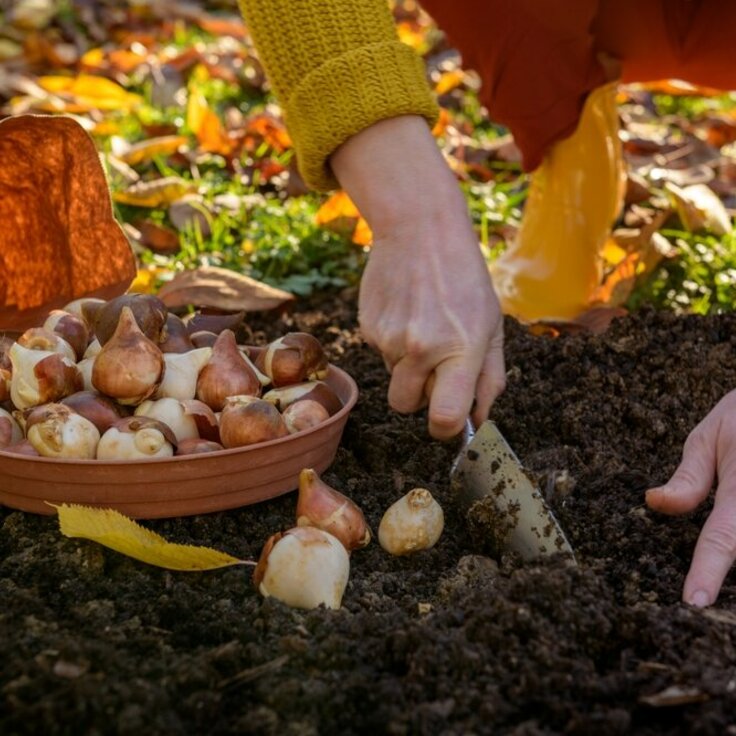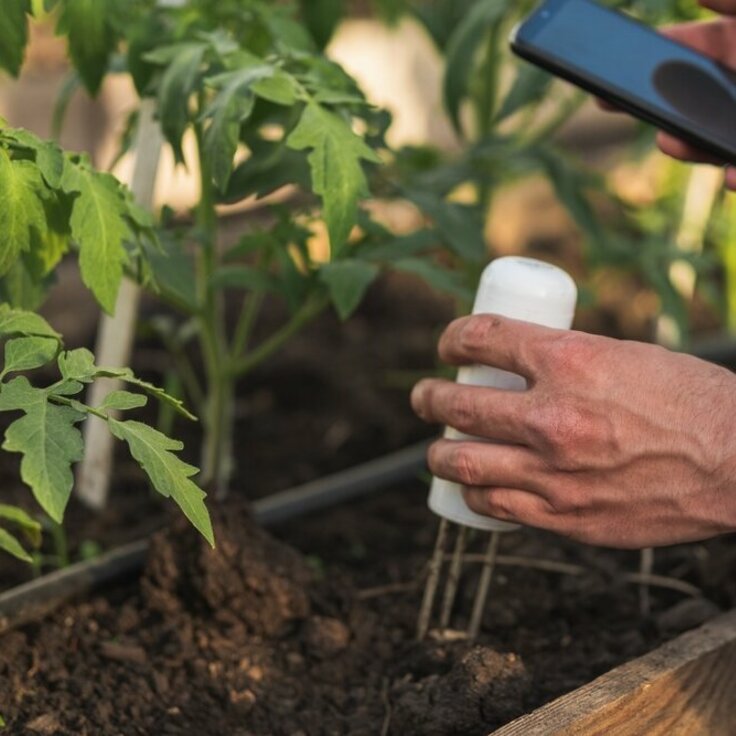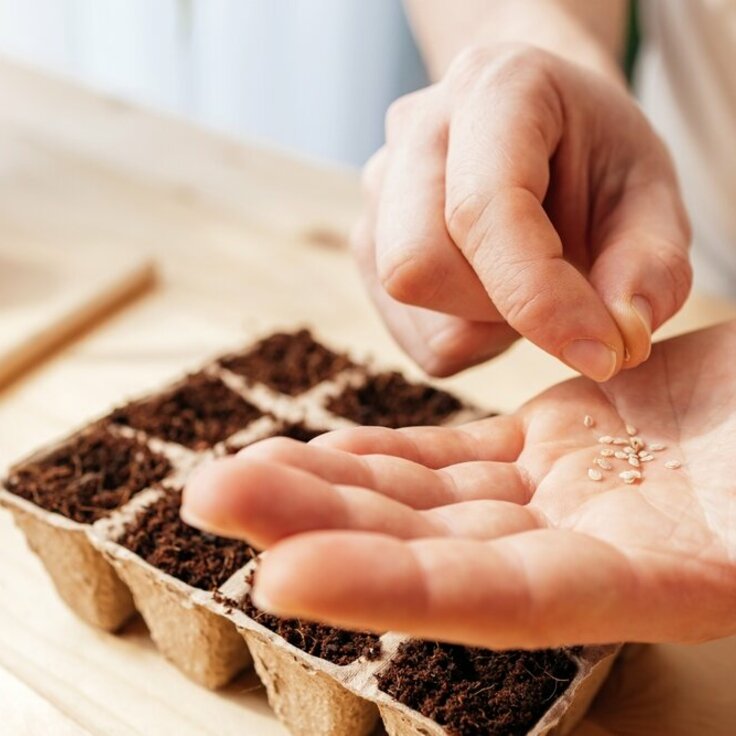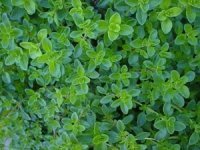Protect plants with mulch
It’s time to start thinking about mulching beds and borders, explains Michelle
MOST OF us gardeners have been caught out by early autumn frosts at some point. It happened to me last year, so this season I’m mulching early to avoid any plant losses in my borders. If you live in an area prone to early frosts, start protecting your plants with mulch now.
Covering soil around plants with a layer of mulch insulates soil, keeping frost away from delicate root systems, while trapping moisture in the ground. Both organic and in-organic mulches can be used (see my top choices below). Mulching also helps prevent capping. This is where a hard crust is formed, preventing water from entering the soil.
The best times to mulch are autumn and spring. Do this after rain so moisture will be trapped. Mulch around trees shrubs and perennial plants.
Before you lay your mulch get rid of weeds and any plant material that looks diseased. Spread a 2-3in (5-7cm) deep layer of your chosen mulch on all exposed border soils, but avoid it touching plant stems, as this can encourage diseases. Once laid, rake level. You may need edging to stop it moving onto lawns, but it’s not essential.
Mulching materials
Bark chippings: Widely available in a range of decorative shades and sizes. This may need a top up if left in place all year.
Manure: Only use well rotted manure. This will supply the soil with nutrients over the winter but may contain weed seeds.
Mypex sheeting: This permeable plastic matting prevents all weeds taking hold while trapping moisture in the soil. Not decorative.
Stone/glass/slate chippings: These are all highly decorative but are heavy to work with and often more expensive than other options.
Leaf mould: Cheap to make and store, but does need to be about two years old. It is low in nutrients but improves soil structure.








